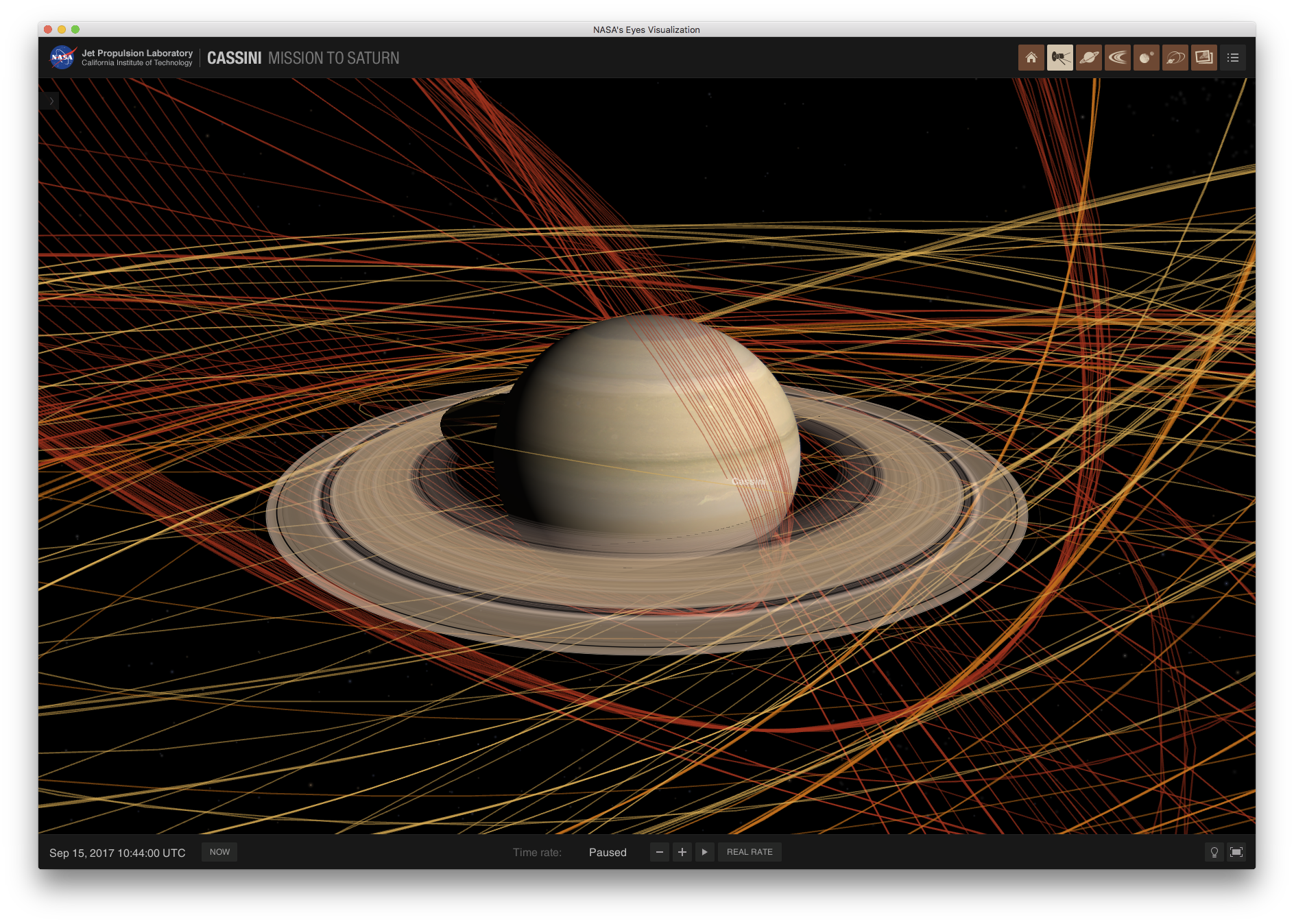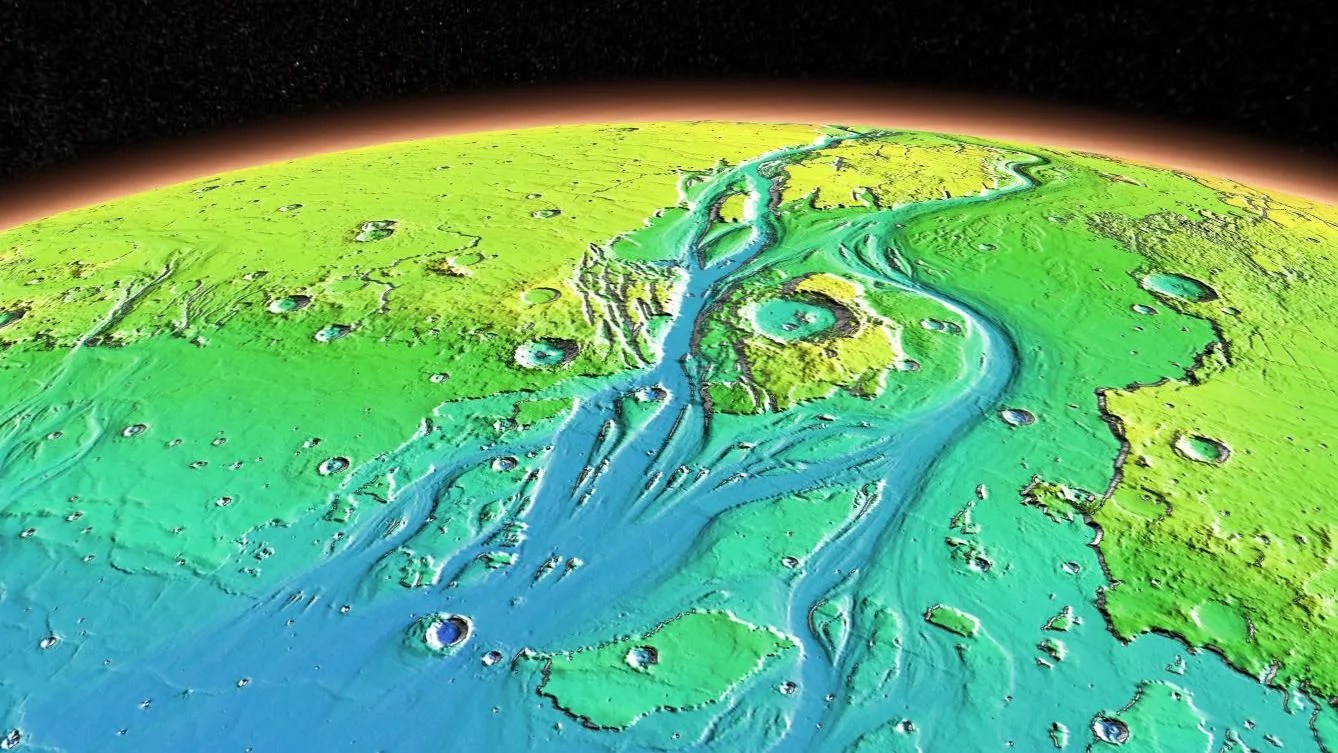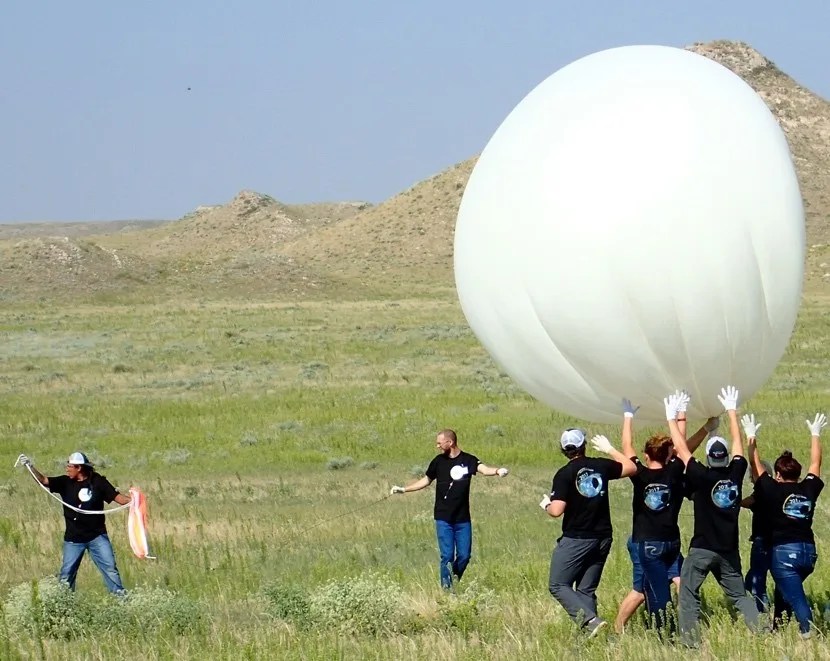NASA Heliophysics Education Activation Team
Engaging communities across the nation in NASA heliophysics knowledge & experiences.

Team Mission
NASA Heliophysics Education Activation Team (NASA HEAT) engages communities across the nation with educational programs about heliophysics. As part of the NASA Science Activation program, NASA HEAT actively partners with scientists, educators, and communicators to provide understandable science educational content and experiences to learners of all ages.
NASA HEAT connects audiences across the nation to the innovative and captivating science of heliophysics. From nationwide educational programming to community-centric projects, NASA HEAT is actively partnering with museums, youth organizations, classroom teachers, and many others to teach people about our closest star, the Sun, and how it affects our lives.
Current Members
Team Formation and History
NASA HEAT has existed at NASA Goddard Space Flight Center since the founding of the Science Activation (SciAct) program. Formerly known as the Heliophysics Education Consortium (HEC) and NASA Space Science Education Consortium (NSSEC), the group was renamed to NASA HEAT to focus its efforts on excellence in Heliophysics education and solar eclipse outreach across the nation.
In 2017 NASA HEAT came to your living room for the total solar eclipse. NASA HEAT coordinated NASA’s national programming for the 2017 eclipse and is playing a key role for the upcoming 2023 annular eclipse and 2024 total solar eclipse. Learn more about NASA HEAT's successful coordination of NASA's national programming for the 2017 total solar eclipse at eclipse2017.nasa.gov.
Past Members
- ARISA Lab
- Astronomical League
- Aurorasaurus
- International Society for Technology in Education
- Montana Space Grant Consortium
- Museum of Science Fiction
- NASA Goddard Space Flight Center – Astrophysics
- NASA Marshall Space Flight Center
- National Society of Hispanic Physicists
- Radio JOVE
- Rice University
- Science Friday Initiative
- University of California, Berkeley
- University of North Texas
Mission, Vision, and Values
HEAT’s mission: Increase heliophysics literacy and deepen public understanding about NASA Science by uniting existing NASA resources with educators, learners of all ages, and communities across the country.
HEAT’s vision: launch learners of all ages on a trajectory towards scientific discovery through heliophysics.
HEAT’s Core Values:
- Promoting science educational excellence
- Ensuring the well-being of all our team members and partners
- Providing an equitable, inclusive, and diverse workforce and environment
- Encouraging safe public engagement in science
HEAT has four primary aspects to realize its vision: 1. Facilitate NASA scientists to communicate their research with learners, 2. Provide accessible educational content for both formal and informal educators, 3. Create and sustain heliophysics interest in a broad national audience, and 4. Specifically engage underserved communities across the US in STEM education. NASA HEAT provides these audiences with outcomes based educational experiences that incorporate NASA resources, missions, Subject Matter Experts (SMEs), and authentic learning explorations based on the following essential heliophysics questions:
- What causes the Sun to vary?
- How do Earth, the planets, and the heliosphere respond to the changing Sun?
- What are the impacts on humanity?
Learn More
NASA HEAT in coordination with NASA’s Science Mission Directorate and Science Activation community, is preparing for the 2023 and 2024 solar eclipses and the Heliophysics Big Year through leveraging partnerships to effectively collaborate, emphasizing science excellence, and meeting the needs of audiences. The team will promote outcome-based programming that focuses on the process of science and creates sustainability in STEM engagement beyond these events.
Project Websites
Publications
Christensen, R. & Knezek, G. (2021). Maggie Goes to Mars: Adapting Innovative Technology Activities for Remote Learning Opportunities. Journal of Computers in Mathematics and Science Teaching, 40(4), 331-346. Waynesville, NC USA: Association for the Advancement of Computing in Education (AACE).
Chu, X., et al., (2019). Identifying STEVE's Magnetospheric Driver Using Conjugate Observations in the Magnetosphere and on the Ground. Geophysical Research Letters, 46, 12665– 12674. https://doi.org/10.1029/2019GL082789
Cline, T., et al., (2020). The STEAM Innovation Laboratory: Beyond the Makerspace Paradigm. Journal of Computers in Mathematics and Science Teaching, 39(4), 291-313. Waynesville, NC USA: Association for the Advancement of Computing in Education (AACE).
Des Jardins, A., et al., (2020). Space Public Outreach Team: Successful STEM Engagement on Complex Technical Topics. Journal of Computers in Mathematics and Science Teaching, 39(4), 339-359. Waynesville, NC USA: Association for the Advancement of Computing in Education (AACE).
Fung, S., et al., (2020). Propagation Teepee: A Possible High-Frequency (15-30 MHz) Remote Lightning Signature Identified by Citizen Scientists. Geophysical Research Letters. https://doi.org/10.1029/2020GL087307
Hunnekuhl, M., & MacDonald, E. (2020). Early ground-based work by auroral pioneer Carl Størmer on the high-altitude detached subauroral arcs now known as “STEVE”. Space Weather, 18, e2019SW002384. https://doi.org/10.1029/2019SW002384
Knezek, G. & Christensen, R. (2020). Researching Impact: Measuring Technology Enhanced Outcomes from the NASA Space Science Education Consortium. Journal of Computers in Mathematics and Science Teaching, 39(4), 399-420. Waynesville, NC USA: Association for the Advancement of Computing in Education (AACE).
Knezek, G.A., Christensen, R.W. & Ng, C.Y. (2020). Inspiring STEM Engagement: Space Science Education in the 21st Century. Journal of Computers in Mathematics and Science Teaching, 39(4), 285-290. Waynesville, NC USA: Association for the Advancement of Computing in Education (AACE).
Kornei, K. (2021), Academic citations evolve to include Indigenous oral teachings, Eos, 102, https://doi.org/10.1029/2021EO210595. Published on 9 November 2021.
Lopez, R., et al., (2020). Space science as a context for science education. INTED2020 Proceedings, 516-522.
Milotte, C. H. & Mitchell, S. E. (2020). Adapting Hands-on Family Learning to a Virtual Platform.ASP2020: Embracing the Future: Astronomy Teaching and Public Engagement, 531, 68. http://www.aspbooks.org/publications/531/068.pdf
Ng, C., Sasser, L., Stephenson, B., Mirel, P., Knezek, G. & Christensen, R. (2021). “NASA STEAM Innovation Initiatives: Technology Resources for Teacher Educators”. In E. Langran & L. Archambault (Eds.), Proceedings of Society for Information Technology & Teacher Education International Conference (pp. 822-826). Online, United States: Association for the Advancement of Computing in Education (AACE). Retrieved May 11, 2021, from https://www.learntechlib.org/primary/p/219223/
Odenwald, S., Davis, H. & Bowers, S. (2020). A Retrospective Analysis of the Impact of SpaceMath@NASA on Student Performance in Math and Science. Journal of Computers in Mathematics and Science Teaching, 39(4), 315-338. Waynesville, NC USA: Association for the Advancement of Computing in Education (AACE).
Odenwald, S.F., (2021), “Can Smartphones Detect Geomagnetic Storms?”, AGU: Space Weather, April 2, 2021, https://doi.org/10.1029/2020SW002669
Semeter J., MacDonald, E.A., Hunnekuhl, M., Hirsch, M., Zeller, N. (2020). The Mysterious Green Streaks Below STEVE. AGU Advances. AGU access, https://doi.org/10.1029/2020AV000183.
Shonfeld, M., Cotnam-Kappel, M., Judge, M. et al. (2021), “Learning in digital environments: a model for cross-cultural alignment”. Education Tech Research Dev. https://doi.org/10.1007/s11423-021-09967-6
Viggiano, G., Davis, H., Ng, C. & Sweeney, M. (2020). The Effects of a Museum of Science Fiction Event on Participant Knowledge and Interest in Science. Journal of Computers in Mathematics and Science Teaching, 39(4), 361-382. Waynesville, NC USA: Association for the Advancement of Computing in Education (AACE).




